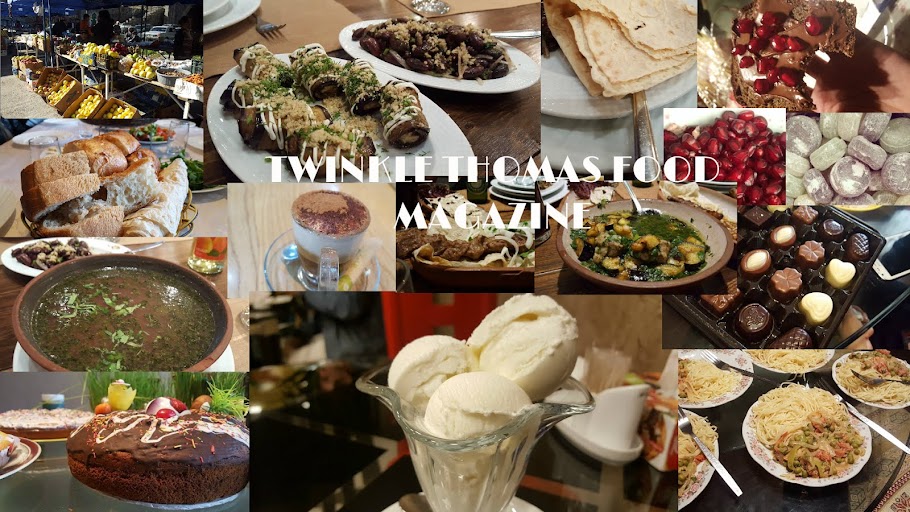 |
| IMAGE CREDIT: ANINDO GHOSH |
India is a huge melting point of cultures,
spicy Bengal hot Andhra, sour Gujarat is cooked on the ghee of Punjab to give
you an offering that is delectable and unique in the fact that each element
holds its own yet blends in with every other to make India what she is.
One of the unique communities of India are
the Parsis, a community which is Indian by nationality but distinctly unique in
terms of their religious, behavioural and cultural practises. A community that
is slowly dying to the extent that it risks losing the distinction of becoming
a community and be denoted as a tribe, parsis are fiercely communal to the
extent that they try to maintain the purity of their bloodline by promoting
intra community marriages.
The story of the Parsis in India is traced
in the Qissa-i-Sanjan, and is speculated to have started around the 8th
century and traces the first permanent settlers of immigrants from Greater
Khorasan into coastal Gujarat and founded the city of Sanjan, named in memory
of their city of origin. The assimilation of the parsis into the Indian mix
began with this settlement, which was allowed by the local prince under 3
distinct terms whereby the settlers were prohibited to carry any arms, the
women were to take up the local dressing
of the saris, and the local Gujarati language would become their own. It is
thus that we find the dialect of the parsis to be of gujarati even today,
though the concentration of the community today has shifted to what is known as
greater Mumbai. Thus a settler community fleeing religious persecution from Muslim
conquerors established an oasis following the principles of Zoroastrianism in
India. The early Parsis were predominantly agricultural, but the advent of the
britishers, particularly the ascendency of the east India company established a
new milestone in the history of this community.
One
of the first to imbibe the British education system, they were able to reap the
benefits of it as being able to set up an identity for themselves as distinct
and comparable to the Europeans. In 1702 Rustom Maneck became the first broker
of the East India Company, and established the infrastructure by which the principal
mercantile business shifted into the hands of the parsi community. This also
established their settlement from Gujarat to Mumbai.
Like most elements of the culture the
cuisine of the community is also distinct and draws from elements of their
origin. The Parsi food holds origins from its Persian descent along with an
amalgamation of the local gujarati flavours. Eating of vegetables was
traditionally looked down as poor man’s food. But today there is a greater
acceptance and assimilation of vegetables in the mix. Not only unique in the taste
but also of name, parsi food is a delectable mix. So whether you are having
kachumber salad, Chicken Farcha or Dhansak, not only are you going to get an
exotic dish, but something that will sound as exotic.
Today I will take you peeping into a parsi
kitchen and the dish of choice will be a Patra Ni Machee. This is essentially a
fish dish that can be had as a main with rice or a side, and a dish where a fish
is marinated with spices and then cooked by steaming wrapped in banana leaves.
The Bengali Macher Paturi is a dish that is similar though that one is mustard
based one while this is a greener mix.
As always the journey starts with gathering
of ingredients and we will need the following for a preparation catering 4
people:
Pomfret Fillet – 8
Coconut scraped – ½ cup
1 table spoon cooking oil
Garlic Cloves 6-8
Lemon Juice – 4 table spoon
Salt to taste
Green Chillies – 4
Banana leaves cut out – 8
Cumin seeds – 3 tea spoon
1 bunch coriander leaves
1 bunch mint leaves
The key to the dish is in preparation
constituting the preparation of the marinate, marination and the leaves in
which we will wrap the fish for cooking.
To begin with grind together coriander, mint,
cumin seeds, green chillies, salt, lemon juice, garlic cloves, oil &
coconut to smooth chutney. Now cut the fish into 2 pieces after removing the
head. Wash and pat dry the fish pieces. Marinate the fish pieces with the green
chutney. Cut the banana leaves in rectangular pieces big enough to wrap around
the fish into parcels.
To begin cooking place the marinated
fish in the centre of each banana leaf piece. Fold the banana leaves to make a
parcel. Secure the parcel with a toothpick. Place the parcel in a steamer and
cook each side for ten minutes. The patra ni machi or fish in leaves is ready
to be served.
But before you begin cooking do remember
my mother’s best kept secret for any special cooking. When you are cooking
anything special do remember that it’s for someone special or for a special
occasion, so add a dash of your best smile and more than even helping of your
warm love to the cooking. The dish will taste that much yummy and enjoyable. So
roll up your sleeves cook and Bon appétit.

No comments:
Post a Comment